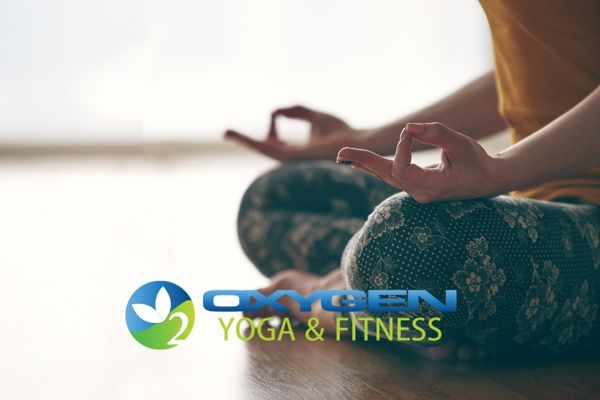Exercise, Yoga & The Menstrual Cycle
Part of our mission here at Oxygen Yoga & Fitness is to help empower you to better know and understand your body. For those of us who are not cis men, achieving that goal might include filling in gaps in our knowledge created by decades of biased research and education on health. As explained by Healthline, “Most research on effective exercise programs is done on male test subjects”. So even if you’ve studied the most effective fitness schedules, you may not have had the chance to consider whether this is the most effective schedule for your body.
In past weeks, we’ve looked at perimenopause, menopause, and how these stages might impact or be impacted by your workout routine. Today, let’s consider the years leading up to perimenopause. In other words, what is the menstrual cycle and how does it affect our workouts?
What is your menstrual cycle?
If you’re a person with a period or are close with someone who is, you probably know the basics about the menstrual cycle. But for clarity’s sake, let’s go over a brief refresher of what happens during your menstrual cycle. As explained by Planned Parenthood, “your menstrual cycle helps your body prepare for pregnancy every month”. Each month, hormones help mature eggs in the ovaries. About halfway through the cycle, ovulation occurs, meaning the ovaries release a mature egg through the fallopian tube and into the uterus. This is when, if fertilized, one could get pregnant. If no pregnancy occurs, the uterus lining will then break down and exit the body through the vagina, otherwise known as the period.
How does the menstrual cycle affect us?
You probably know that this process of menstruation can have a bigger impact than simply what was just described. The menstrual cycle can affect moods and lead to other physical symptoms within your body. There may be parts of the menstrual cycle where you experience more cramps, fatigue, headaches, or soreness, all of which may affect your motivation or ability to workout. In fact, experiencing some sort of symptoms is more common than not. According to a study by Andrea J Rapkin and Sharon A Winer, up to 80% of menstruating women experience at least one premenstrual symptom.
With this in mind, you may question whether you should be working out in the same way during or in the period leading up to your period. However, research suggests exercising during your period might actually lead to less painful periods. Exercising while on your period is thought to help lessen fatigue, help with concentration, as well as helping with premenstrual symptoms. Nationwide Children’s Hospital suggests “stretching and moderate-intensity excercise” as a way to alleviate cramp pain and avoid missing out on other life activities.
Menstruation and Yoga
Yoga is also thought to be able to alleviate pain and cramping. If you’ve been doing yoga for a while, you might have been to a class where there was a modification made to the class exercises for people currently on their periods. If you’ve heard this during yoga classes, the idea likely stemmed from Ayurveda, an ancient medicine of India. As yoga instructor Nathalia Basso shared with Byrdie.com, “Ayurveda teaches that when you’re menstruating, you should encourage the flow of blood out of the body and avoid inversion, which reverses the blood flow and doesn’t let things ‘flow’ in the intended direction”. Thus, if you’re following Ayurvedic principles during your yoga classes, you may want to avoid or adjust poses that would involve inversion. Even so, according to Byrdie, it is safe under western medicine principles to practice these inverted poses if you wish to do so.
Overall, exercise, and yoga specifically, can both be practiced throughout your menstrual cycle. Even so, learning more about your menstrual cycle, how it impacts your workouts, and what workouts you may gain the most from at each part of your cycle can be a way to connect better with your body and your workout goals if you choose to do so. Look out for our next article where we’ll dive into the stages of the menstrual cycle in more detail and consider which workouts are best to practice at each stage.
**While this article is researched, we do not claim to be making medical advice. Please
always consult a medical professional for medical advice. **

